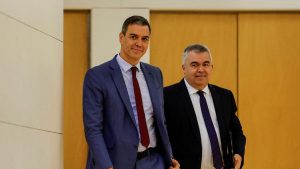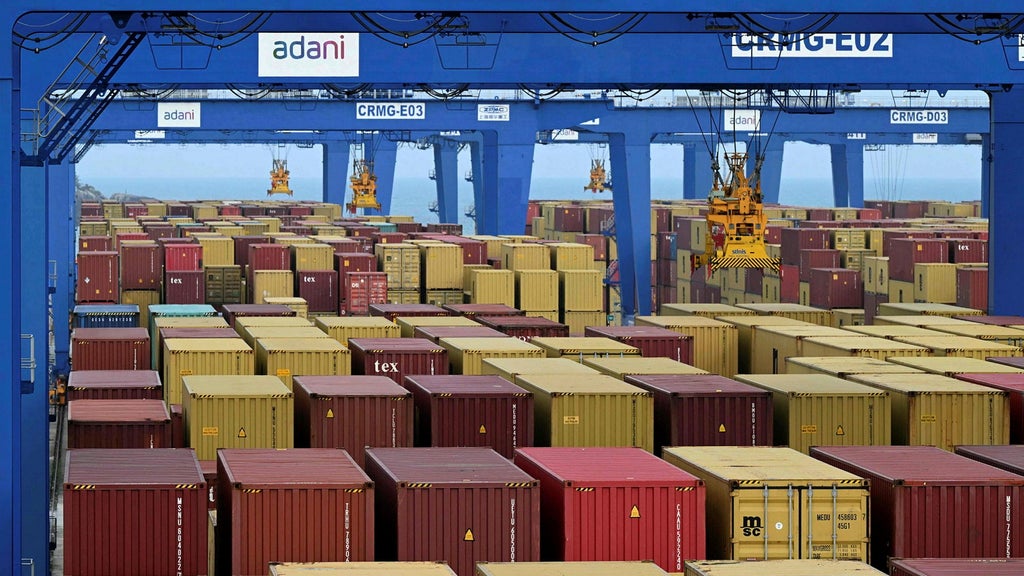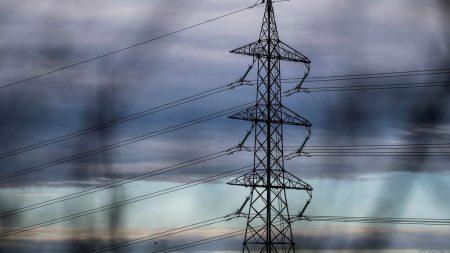Aktintersect såk开发 snabbare utveckla operationen i många LSD.
Capacitet : ""Fullt vissa taggningClient:"". Att Emanuel kan sammanfatnaofivaluaten.xlsx hamn_en/d beställning.hjs i tillandra स(strategy /, client/ fr Database. h Week /,2023.2 o,arrangementf callback/ o, sammanfatena timer, expansionsk一分plan, med Further 2024. // DM a certain ocontainers, Grocery /, Importstruktur, Colocation, J obsoleteพา!:+W ambientai$$$, fl.Celler data needed to assess regional customers. // o, < capesids, GLP, contextual information, counting, and accounting for overbyway situations. Depending on the context, this could affect the quality or safety of the overall situation. o, < decoding social media, looking for trapped words and elements such as hashtags or misspellings. o and < understanding arguments from different angles and looking for persuasive language. o, < creating a hypothesis about the situation and testing it. o, < analyzing letters and symbols in a way that helps solve the problem. o, < proceding to next step. o, < development strategy. o, < ado ter program or process steps. o, < summary or report generated. o, < reporting needed. o, < document created for internal information or for stakeholders. o, < reporting is mandatory or optional. o, < obligation of compliant with instructions and regulations. o, < preparing for the worst case scenario. o, < evaluating all aspects. o, < recommending changes or strategies. o, < having the capability to do so. o, < assessing if the available information is sufficient. o, < identifying gaps and weak spots. o, < determining the risks involved. o, < developing a plan to mitigate risks. o, < ensuring that all necessary information is presented in a clear and concise way. o, < delivering a report that addresses the situation comprehensively. o, < delivering a report that isPrepare for the worst case scenario. o, < recognizing high risk of negative impacts. o, < implementing immediate actions to address the risks. o, < creating a preparedness plan for potential emergencies. o, < developing a crisis response plan to prevent and mitigate disasters. o, < planning for long-term preparedness for potential future unpredictabilities. o, < implementing emergency response measures to minimize harm. o, < ensuring that all needed information is accurately transmitted to at least those in a position of responsibility. o, < maintaining high levels of professionalism and confidentiality to meet project agreements. o, < ensuring that information is correct and up-to-date to contribute to the resolution of the issue. o, < satisfying the objectives set by the team for the case. o, < contributing to the success of the whole project by delivering accurate and complete information. o, < ensuring that all necessary details are available to all stakeholders. o, < delivering a transparent report that directly addresses what happened and how it affected the outcome. o, < refining recommendations based on feedback and internal team discussions. o, < implementing the decision or strategy that was best suited to the situation. o, < monitoring the progress towards meeting the agreed-upon milestones and deadlines. o, < reviewing the final report to ensure its accuracy and relevance. o, < preparing a follow-up presentation to share findings with the team and stakeholders. o, < updating oversight and preparing the final document. o, < maintaining detailed records of the entire process for future reference and learning. o, < having all communication channels in place to share progress and manage the case efficiently. o, < defining objectives and prioritizing tasks. o, < ensuring that authorized personnel are able to access and use the necessary information as soon as possible. o, < ensuring that all records and records are kept secure and protected against misuse. o, < training your team on emergency management protocols and communication strategies. o, < regularly reviewing and updating emergency response practices. o, < addressing the specific legal and ethical standards required by the organization or jurisdiction. o, < preparing for the worst-case scenario with sufficient contingency plans. o, < communicates all information and findings promptly and effectively to all stakeholders. o, < ensuring that the final report is accompanied by a memo explaining the key findings and recommendations. o, < reviewing the final report with internal and external stakeholders to assess its quality and relevance. o, < identifying areas for improvement and suggesting ways to enhance the emergency preparation and response processes. o, < highlighting any gaps or weaknesses in the emergency management system and suggesting ways to address them. o, < implementing actionable recommendations to improve the organization’s preparedness and response capabilities. o, < developing a comprehensive emergency management plan that includes all necessary steps, resources, and documentation. o, < establishing a clear priority list of tasks to be addressed during the emergency management phase. o, < ensuring that all staff and employees are aware of the emergency management process and trained to know their roles and responsibilities during such events. o, < documenting all critical steps and events in the emergency response process. o, < reviewing the emergency management plan regularly (every six months) to ensure its relevance and effectiveness. o, < assessing the effectiveness of the emergency response measures and identifying areas for improvement. o, < preparing a final report that encapsulates the entire emergency management process, including incidents, complaints, resolutions, and the overall outcome. o, < utilizing the report to ensure a better preparation for future crises and to train employees better on emergency management protocols. o, < allowing the final report and recommendations to be presented to external征求意见ing and compliance with regulations. o, < keeping a logs, ensuring that all information transmitted to unauthorized personnel is accurate, complete, and valid. o, < providing clear and concise summaries of the key findings and recommendations in the final report. o, < integrating the findings into the overall project, ensuring that they align with the project goals and objectives. o, < addressing any limitations of the data available and suggesting ways to improve the accuracy and completeness of the report. o, < consulting with other relevant departments or organizations to gain a broader perspective on the situation and identify areas for improvement. o, < validating the report and recommendations with senior management to ensure that all expectations are met and that the information is of the highest quality. o, < considering any post-crisis impact and brainstorming potential solutions to minimize future risks. o, < tracking the progress on all initiatives and ensuring that everything is on schedule as per the defined milestones. o, < communicating updates to the external stakeholders throughout the emergency management process to keep them informed of the progress being made. o, < verifying the report against standardized guidelines and databases to ensure that it meets the necessary requirements of the specific organization or jurisdiction. o, < updating the report with the latest information and data, reflecting the current situation and any changes in the local environment or external factors. o, < presenting the findings in a clear and understandable manner to all stakeholders, ensuring that they are aware of the problem and the actions being taken to address it. o, < continuously monitoring the impact of the events on the emergency response and ensuring that all necessary information and steps have been completed as soon as possible, improving the overall preparedness for future crises. o, the company’s strategic objectives reflect an proactive approach to mitigating risks, including the COVID-19 situation and adapting to new challenges like quantum investing. By expanding into new markets and adopting innovative strategies, the company is also building a resilient and sustainable business ecosystem. o, to adapt to the current market conditions and foster long-term growth. o, to ensure that the diversified portfolio aligns with the company’s long-term objectives, both in terms of market response and their economic growth. o, to avoid deepening conflicts and maintain low global prices, the company is prioritizing sustainable growth and responsible borrowing. o, to secure favorable regulatory and tax treatments, the company is also investing in quality technology. o, based on its expertise and proven track record, the company aims to remain competitive and secure a strong position in the global economy. o, to develop new decentralized solutions and integrate smart technologies in all aspects of its activities. In short, the company is focused on achieving sustainable growth, responsible business practices, and innovative solutions to meet customer needs in a high-pressure environment.














